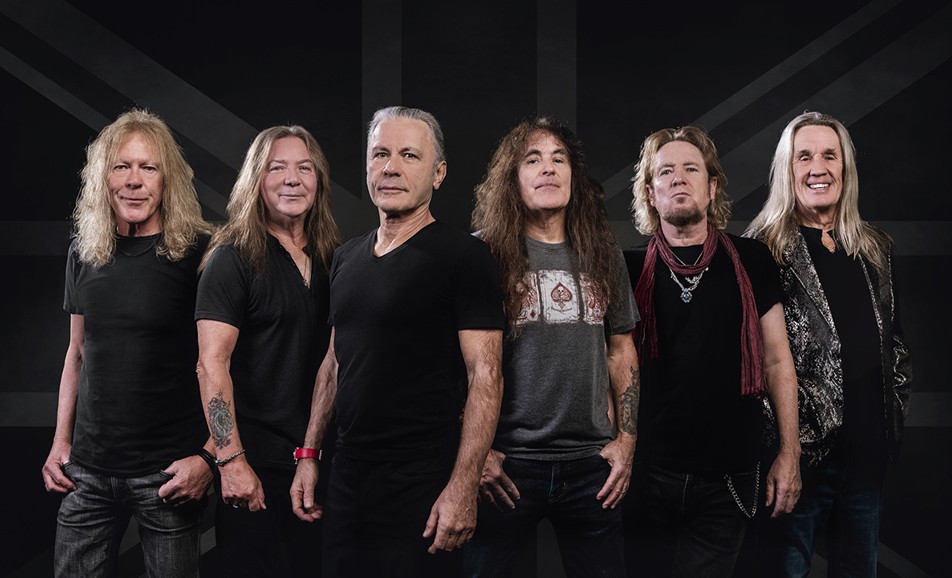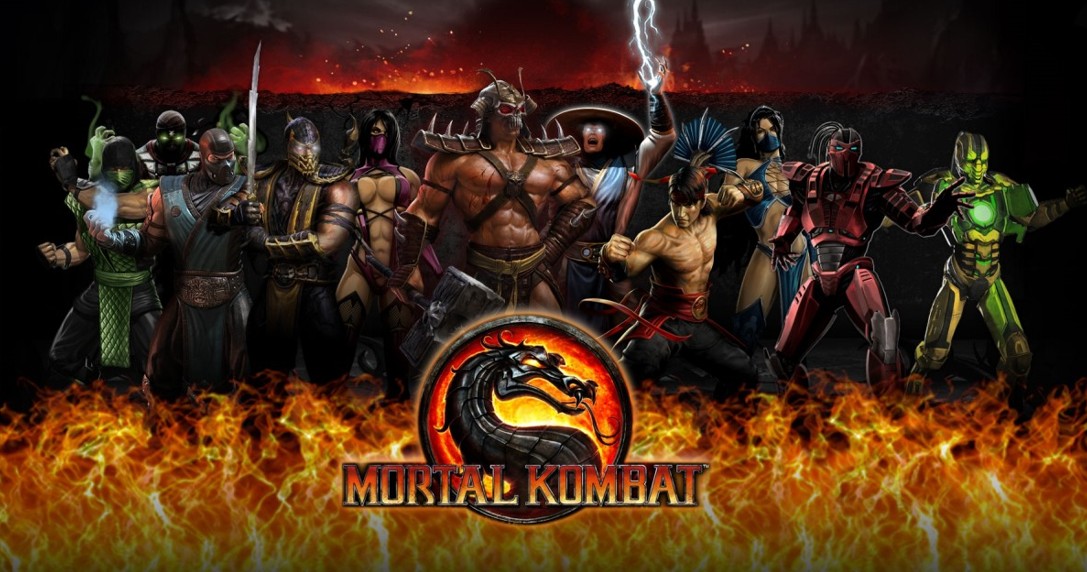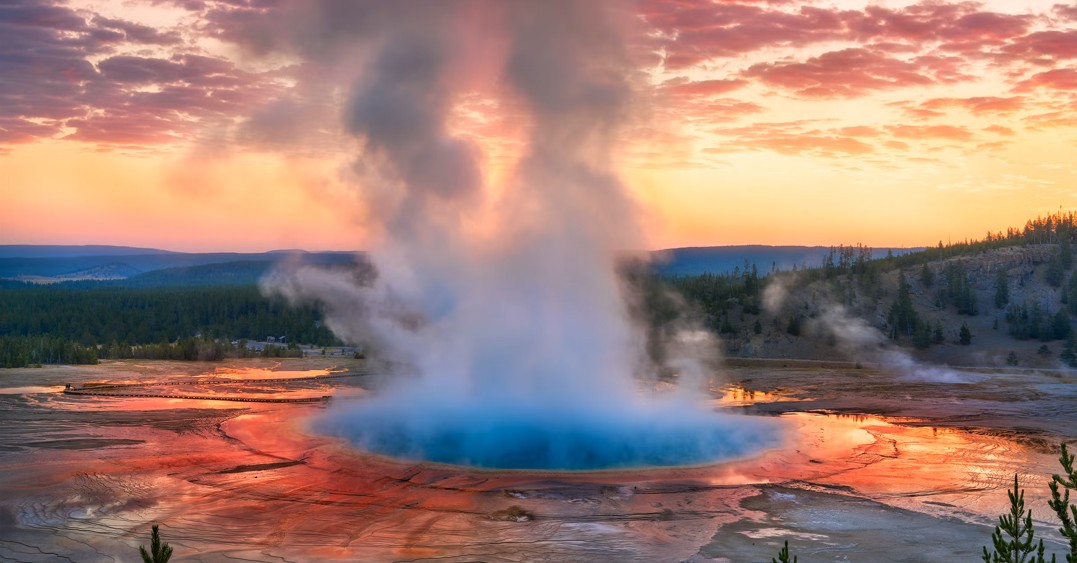
For over four decades, one name has consistently stood as a titan of heavy metal, a bastion of intricate songwriting, soaring vocals, and an unwavering commitment to their unique sound: Iron Maiden. More than just a band, they are a phenomenon, a cultural touchstone whose iconic mascot, Eddie, is as recognizable as any rock star.
But how did a band formed in a working-class corner of London become one of the most successful and revered acts in music history? Grab your denim vest and prepare for a trip through time as we explore the epic saga of Iron Maiden.
The Genesis: East London, 1975
The story begins in Leyton, East London, in 1975, when bassist and chief songwriter Steve Harris formed Iron Maiden. Frustrated with the limitations of previous bands, Harris envisioned a group that combined the melodicism of Wishbone Ash and Jethro Tull with the raw energy of hard rock, infused with his own distinctive galloping bass lines.
Early years were a whirlwind of relentless gigging in pubs, DIY recordings, and numerous lineup changes. The burgeoning punk scene was dominant, but Maiden carved their own niche, honing a sound that would soon be dubbed the New Wave of British Heavy Metal (NWOBHM). With original vocalist Paul Di’Anno, they released their self-titled debut in 1980, followed by Killers in 1981. These albums crackled with raw energy, punk urgency, and a burgeoning sense of melodic power, quickly establishing them as a force to be reckoned with.
The Voice & The Beast: Rise to Global Domination
The truly pivotal moment, however, arrived in 1981 with the recruitment of dynamic vocalist Bruce Dickinson. With his operatic range, incredible stage presence, and intellectual depth, Dickinson was the missing piece of the puzzle. The very next year, they unleashed The Number of the Beast (1982).
This album was nothing short of a game-changer. Featuring anthems like “Run to the Hills,” “Hallowed Be Thy Name,” and the controversial title track, it shot to number one in the UK and catapulted Iron Maiden to global superstardom. Eddie, their evolving zombie mascot, became even more central to their identity, gracing album covers and towering over stages.
The 80s became their imperial phase. Album after album – Piece of Mind (1983), Powerslave (1984), Somewhere in Time (1986), and Seventh Son of a Seventh Son (1988) – showcased increasing musical ambition, lyrical depth, and epic scope. Their tours, like the legendary World Slavery Tour, were monumental, showcasing elaborate stage sets, pyrotechnics, and a band at the absolute peak of their powers. They were selling out arenas and stadiums worldwide, their fan base growing into a loyal, dedicated legion.
Navigating the Nineties: Challenges and Perseverance
The early 90s saw some shifts. Guitarist Adrian Smith departed, replaced by Janick Gers, and then, in 1993, Bruce Dickinson embarked on a solo career. Former Wolfsbane vocalist Blaze Bayley stepped in, and while albums like The X Factor and Virtual XI offered a darker, more introspective side to Maiden, they struggled to resonate with a significant portion of the fanbase accustomed to Dickinson’s soaring vocals.
Despite the challenges, Iron Maiden never stopped touring or creating. They persevered, a testament to Steve Harris’s vision and the band’s unwavering spirit, keeping the flame alive for the faithful.
The Grand Reunion & A Triumphant Second Act
The turn of the millennium brought what many fans had long dreamt of: Bruce Dickinson and Adrian Smith returned to the fold in 1999. The excitement was palpable, and the resulting album, Brave New World (2000), was a triumphant return to form, showcasing a revitalized band with a newfound energy and a majestic, layered sound, now featuring a three-guitar attack.
Since then, Iron Maiden has enjoyed a remarkable second act, arguably even surpassing their initial success in terms of global reach. Albums like Dance of Death (2003), A Matter of Life and Death (2006), The Final Frontier (2010), The Book of Souls (2015), and Senjutsu (2021) have been met with critical acclaim and commercial success, proving they can still innovate while staying true to their signature sound.
Their tours are now legendary events, often featuring Dickinson piloting the band’s customized Boeing 747, “Ed Force One,” around the globe. They’ve embraced their history with “Legacy of the Beast” tours and continue to attract new generations of fans who are drawn to their timeless music, powerful performances, and unyielding integrity.
The Enduring Legacy: Up The Irons!
Iron Maiden’s history is a testament to perseverance, artistic integrity, and the power of a singular vision. They’ve sold over 100 million albums, influenced countless bands across genres, and built a global community of fans united by the rallying cry of “Up The Irons!”
From humble beginnings in East London pubs to headlining stadiums worldwide, Iron Maiden has never compromised. They write the music they want to write, play the shows they want to play, and do it all with a passion that remains undimmed after nearly five decades. They are, quite simply, one of a kind.






